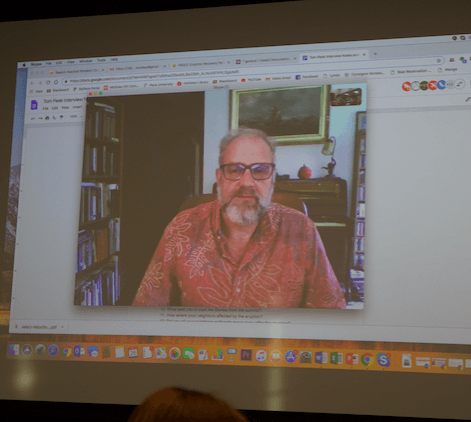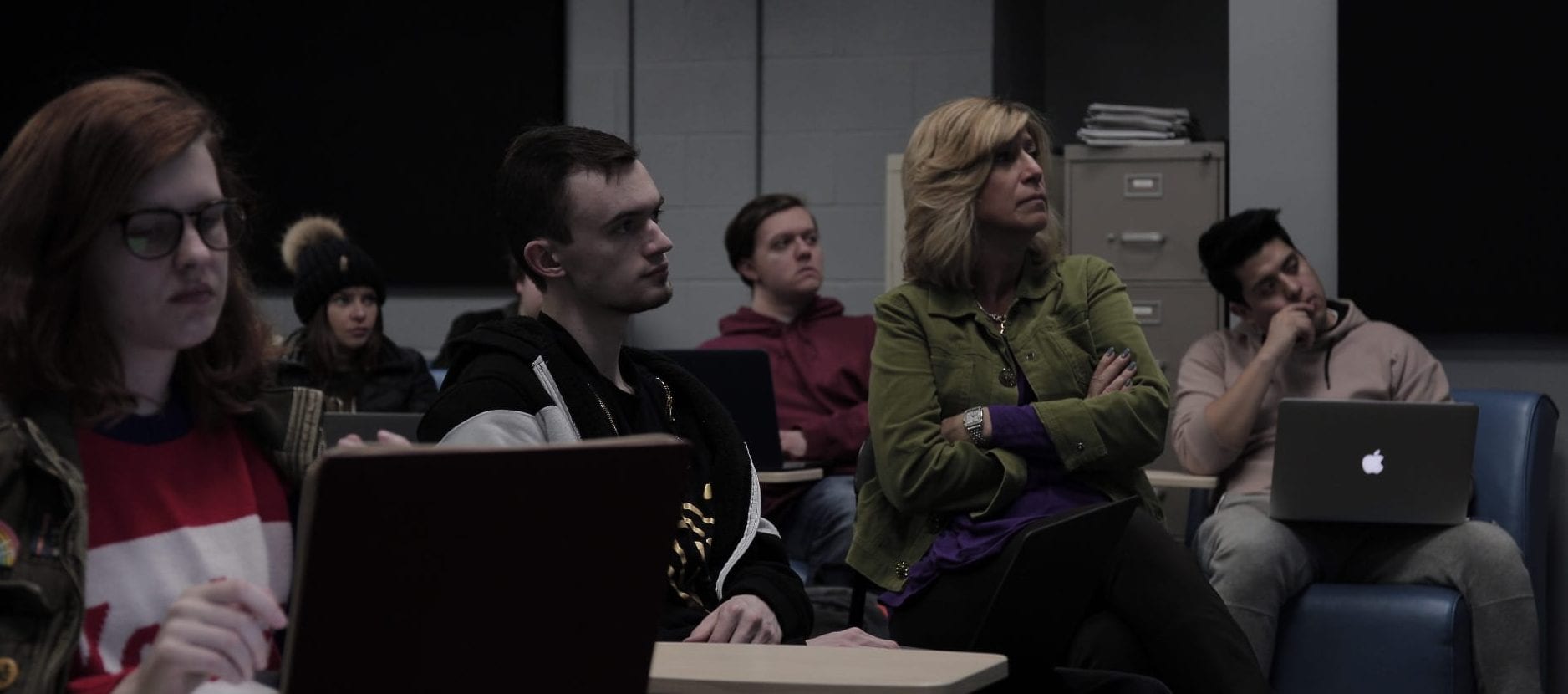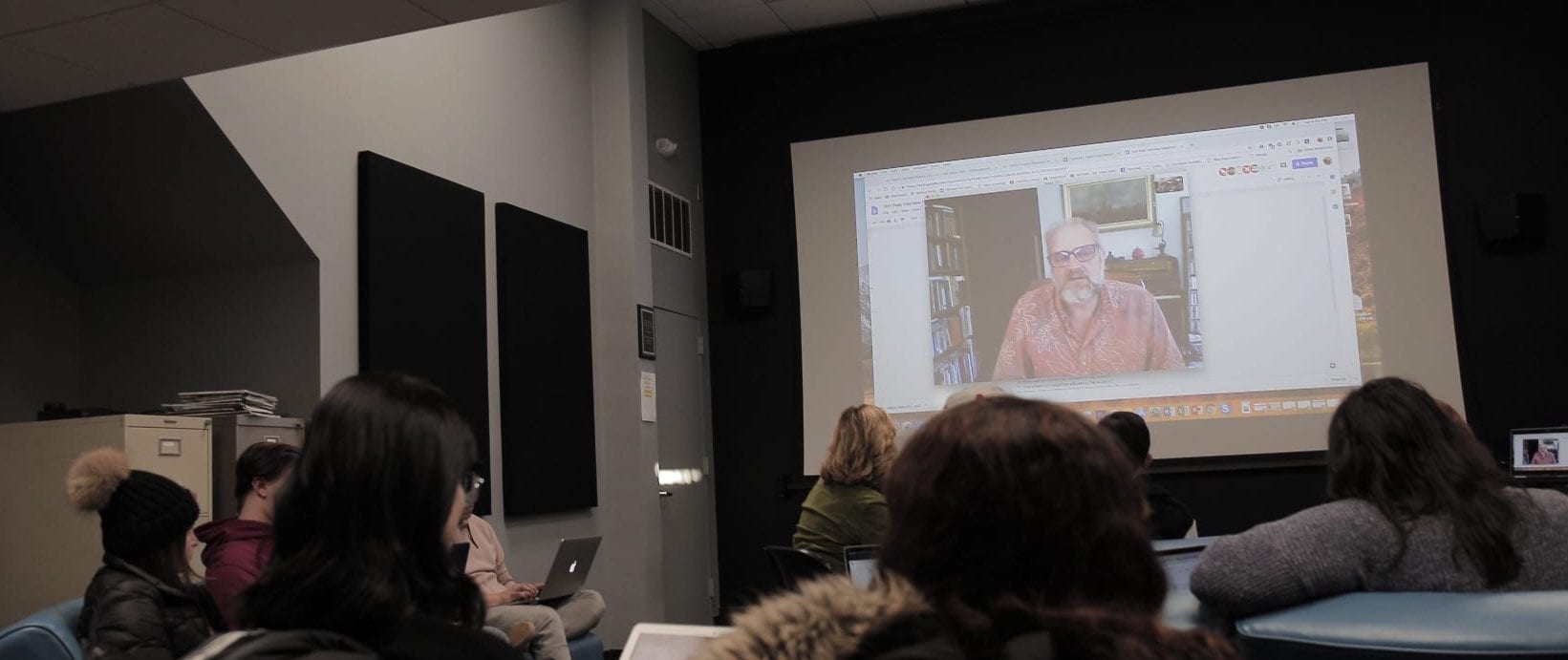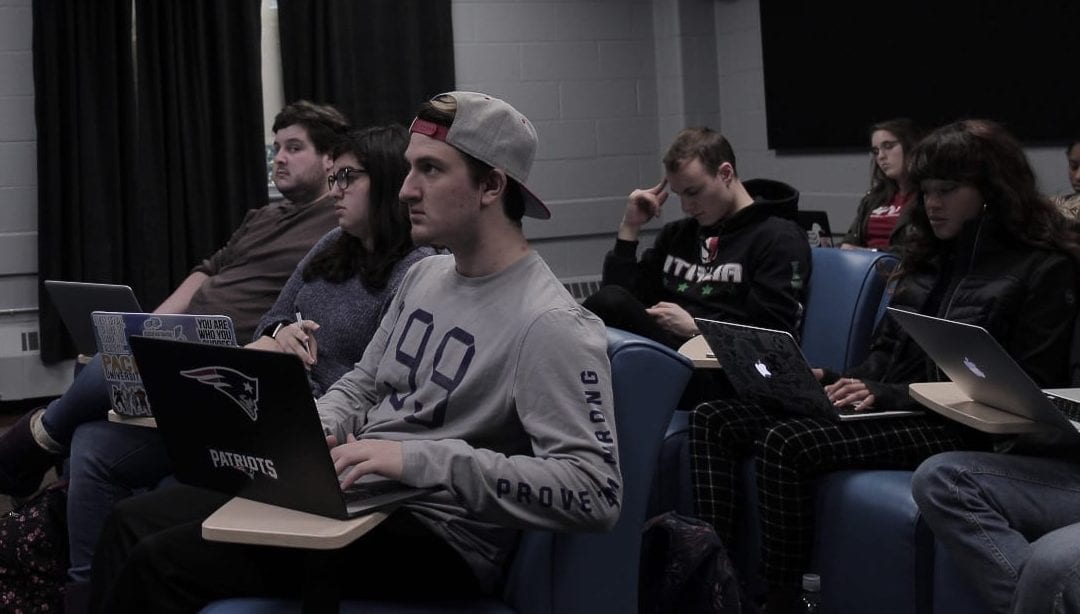“Hawaii is a place of both deeper beauty and cultural tension that most Americans don’t realize,” -Tom Peek
What started off as a simple idea has since evolved into a much deeper story. Now that we are acquainted with the basics, we are digging deeper to find specific people to meet with. Also, we are reviewing the details of our schedule.
We began our meeting this week with a virtual interview with Tom Peek, author of the award-winning novel “Daughters of Fire” and a resident of Hawaii. What was an early afternoon conversation for Peek, was the beginning of our 4:30 p.m. class. Along with discussing his book, we were also able to ask him numerous questions.
 Peek stressed on the importance of understanding the Hawaiian Renaissance before traveling to the island. Hawaii has been trying to reconnect with their culture since its official statehood in 1959. This is the year that Martin Luther King, Jr. spoke to Hawaii’s first state legislature. In 1964, he spoke to a crowd of 10,000 people at the University of Hawaii at the Andrews Amphitheater. The speech was titled: Progress Toward Desegregation, where he expressed his opinion against segregation. The following year, during the Selma to Montgomery march, he wore a Hawaiian lei to show what Hawaii stands for during the height of the civil rights movement. The lei represents Hawaii’s emblem and signifies the gesture of love. King touched the hearts of many Hawaiian’s when he declared “I have seen the future here.” King was inspired by the richly diverse population of the island and its racial harmony. Peek emotionally recited this quote to us, proving how much King’s speech resonated among the Hawaiian people.
Peek stressed on the importance of understanding the Hawaiian Renaissance before traveling to the island. Hawaii has been trying to reconnect with their culture since its official statehood in 1959. This is the year that Martin Luther King, Jr. spoke to Hawaii’s first state legislature. In 1964, he spoke to a crowd of 10,000 people at the University of Hawaii at the Andrews Amphitheater. The speech was titled: Progress Toward Desegregation, where he expressed his opinion against segregation. The following year, during the Selma to Montgomery march, he wore a Hawaiian lei to show what Hawaii stands for during the height of the civil rights movement. The lei represents Hawaii’s emblem and signifies the gesture of love. King touched the hearts of many Hawaiian’s when he declared “I have seen the future here.” King was inspired by the richly diverse population of the island and its racial harmony. Peek emotionally recited this quote to us, proving how much King’s speech resonated among the Hawaiian people.

Cultural diversity is a topic that Peek thinks Americans generally do not understand. One student asked him about a comment that U.S. representative Edward Case made. His statement was about how he felt like an “Asian trapped in a white body.” Although Case has since apologized for this statement, Peek defended his word as a misunderstanding. He even said it could have been a compliment to the place where he grew up.
Of the many differences Peek addressed throughout our conversation, he mentioned the interesting relationship Hawaiians have with nature. He explained that many Hawaiians view themselves as a part of a web within nature. On the other hand, the Kilauea explosion, to some, is a natural disaster that the people must find a way to coexist with. Towards the end, he left us with some advice on how to interact with local Hawaiian people; to be genuine and understanding.

The rest of our class flew by while we covered some important information on our shooting schedule and contact list. Moreover, we learned in-depth details about conducting interviews, including aspects such as eye contact, creating a questionnaire, and being professional. We also practiced some conversational interviews without following a structured question list. By the end of the class, we found around five additional people to get into contact with for our documentary.
Although class ended for the week, students will be working to further practice their equipment skills to prepare themselves for the trip. A photography team has been created which will meet before the next scheduled class to learn the basics of camera. The rest of the members will continue their efforts to get into contact with the people of interest. For updates on our progress, follow our social media accounts listed below!

